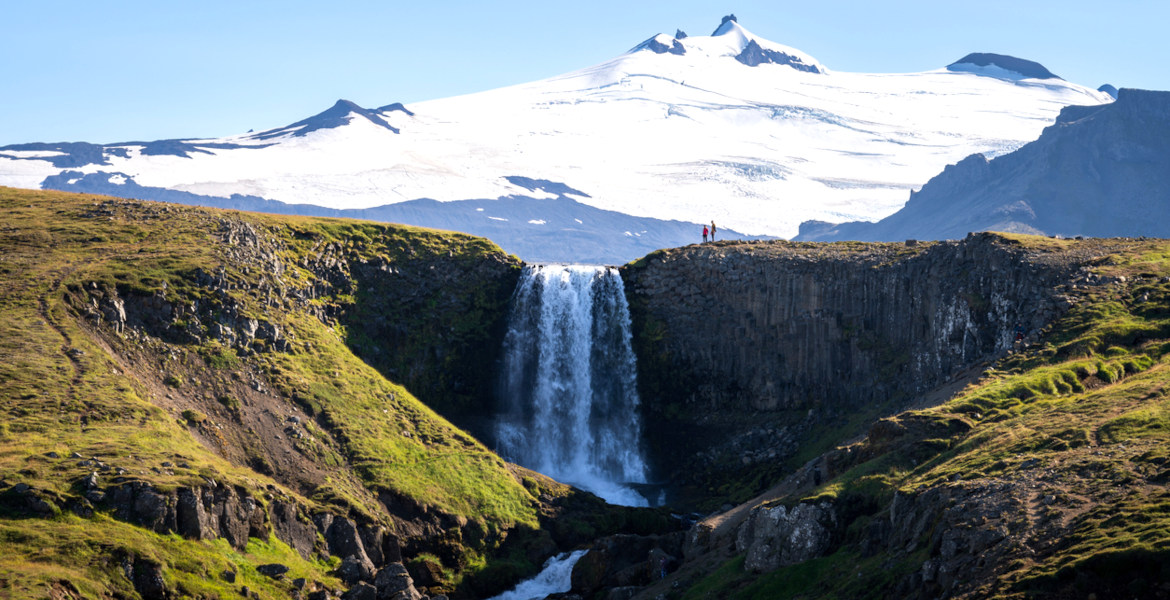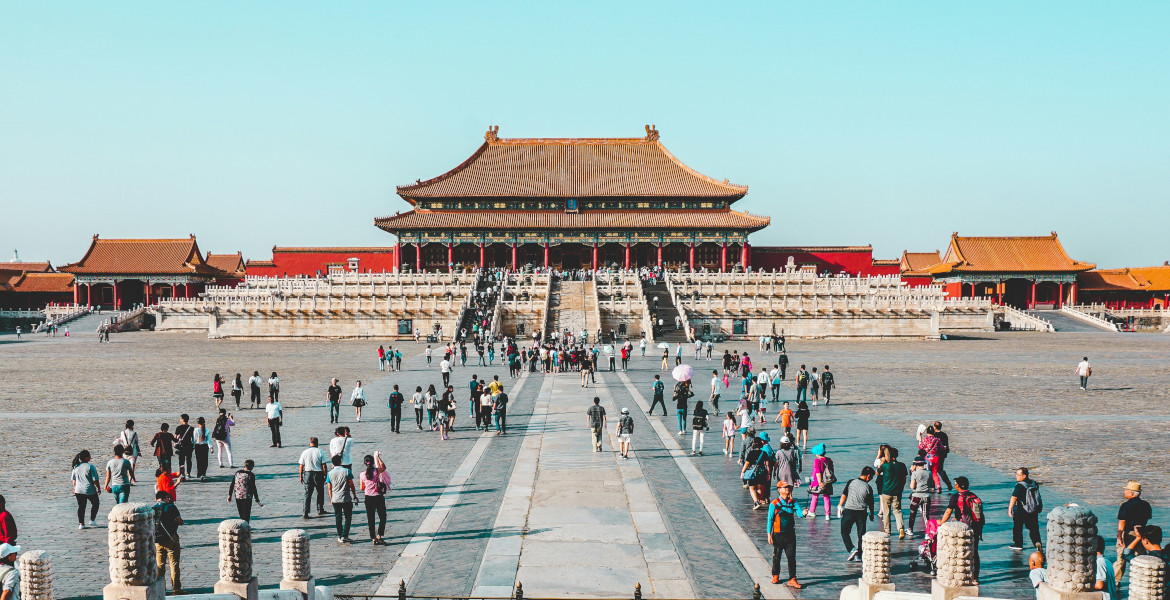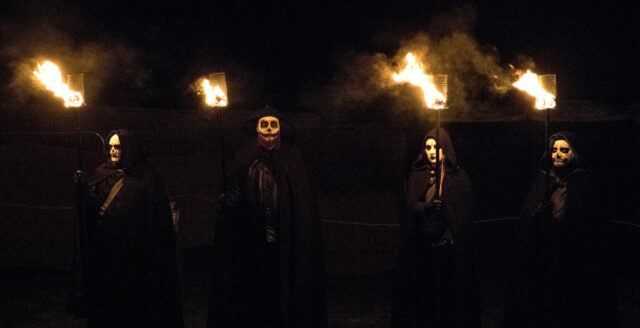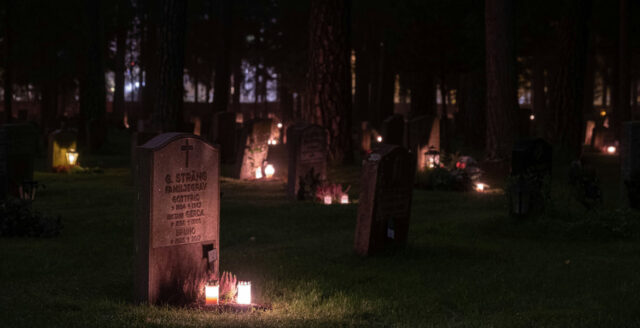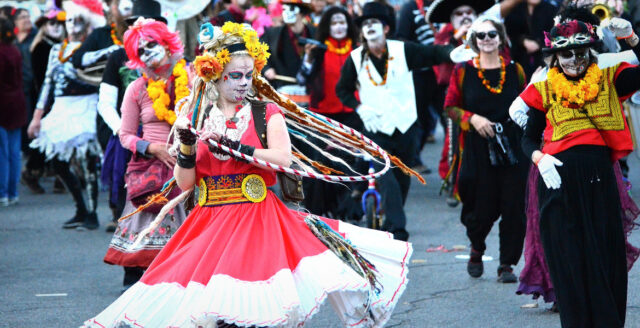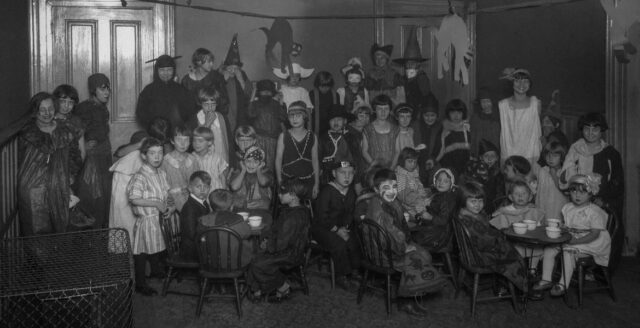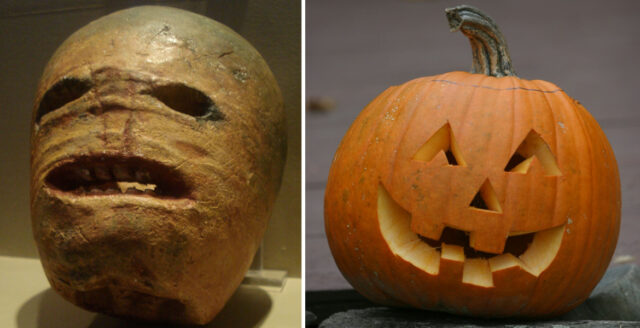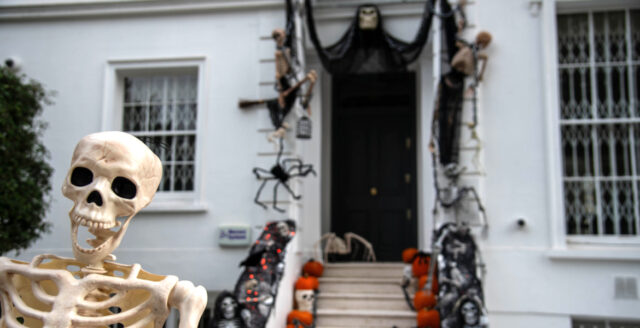One of nature's true wonders is the Icelandic volcano Snæfellsjökull. It is best known from Jules Verne's novel "Journey to the Center of the Earth", but even in modern times it is a very popular tourist destination.
Icelandic folklore emphasizes the importance of visitors showing respect for the hidden people who live there, otherwise things could go very badly.
The Snæfellsnes peninsula in western Iceland is lined with glistening glaciers, waterfalls, and high cliffs. Small picturesque villages make up the population of the peninsula, which is often referred to locally as "Iceland in miniature". Even from the murmuring urban buzz of Reykjavik, you can glimpse the glacier-covered volcano Snæfellsjökull. The peak measures 1,446 meters above sea level and is the central part of the national park that was established around the area in 2001. The national park has a dizzying and unusual variety of nature, including moss-covered lava fields and pebble beaches. The 700,000-year-old volcano is considered active, despite not having erupted for around 1,800 years.
To the center of the Earth
The place is perhaps best known in literature. In 1864, French author Jules Verne published his adventure novel "Journey to the Center of the Earth", or "Voyage au centre de la Terre". in which German professor Lidenbrock finds old Icelandic documents describing how to reach the center of the Earth. Together with his nephew Axel and their guide Hans, they travel to Snæfellsjökull, where the journey to the center of the Earth begins. The book is considered a classic and one of the most popular adventure books of all time.
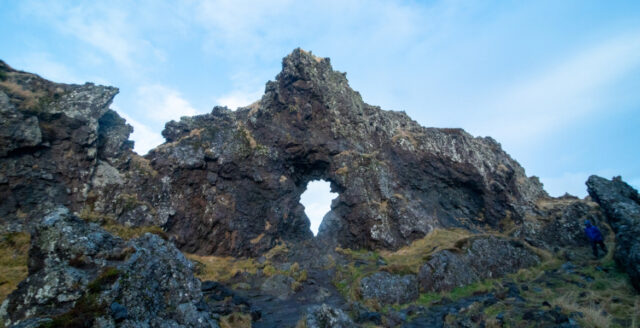
High peaks and deep caves
Unfortunately, there is no path to the center of the Earth in the volcano (as far as we know...). However, it is perfectly possible to hike to the top. It takes about eight hours there and back. In the fishing village of Hellnar, there is information about the hiking trail to the top and also a large number of other trails you can follow around the outstanding natural surroundings.
The combination of volcanic terrain, glacial influence, and proximity to the sea creates a unique ecosystem that is home to a variety of life forms. On the hiking trails, you may encounter seals, puffins, or mountain foxes. It is also not uncommon to see dolphins and killer whales in the sea. The volcanic climate is harsh, especially near the volcano, but it also demonstrates nature's incredible ability to adapt. Closer to the volcano, mosses and lichens dominate, as they can withstand the cold. At lower altitudes, Arctic wildflowers grow, such as Icelandic thyme and blue sea lavender.
The area also has a number of beautiful waterfalls that set the tone for the landscape. One example is the Svöðufoss waterfall, located near the glacier. It is ten meters high and, thanks to the surrounding glaciers, has a rich water flow all year round.
At Djúpalónssandur, you enter a real lava landscape. There are various rock formations created by lava long ago. If you follow Nautastígur, the bull's path, you will come to the odd rock Gatklettur, which has a large hole in it, and through the hole you can see the volcano in the background. The area also has a bunch of lagoons with fresh water, and if you go down to Black Lava Pearl Beach, you'll see a bunch of smooth black stones. These are called Djúpalónsperlur, which means pearls from Djúpalón. The lava stones have been smoothed out by the sea.
Near the volcano is also the lava cave Vatnshellir. The 200-meter-long cave was formed about 8,000 years ago by an eruption. Inside, you can learn about Iceland's geology and what kind of trolls lurk down there. At the deepest point, you can experience total darkness when the lights are turned off.
Among elves and trolls
Speaking of trolls, both Snæfellsnes and Snæfellsjökull are linked to many Icelandic folk tales. According to the saga of Bård Snæfellsas, in Icelandic Bárðar saga snæfellsáss, it was the half-giant Bárður Snæfellsás who founded the peninsula and gave it its name. He is described as being from a royal line of giants and trolls, but also half human.
Bárðar's father, King Dumbar, was half titan and half giant, who kidnapped the human Mjöll to be his wife. In Norway in the year 900, Bárðar was born, the eldest of the siblings. He was a handsome man and was often told that he resembled his beautiful mother Mjöll. In Iceland, it is said that the most beautiful, whitest snow was named after his mother's skin color – Mjöll. According to legend, the word "Mjöll" is still used to describe beautiful white snow falling in calm weather.

Bárðar settled on the peninsula with his wife, his nine daughters, his half-brother Þorkell, and his two sons. According to legend, the nephews, named Rauðfeldr and Sölvi, and the daughters often played together, but one day things went wrong. Both nephews were playing with his daughter Helga when Rauðfeldr pushed her hard. She fell against an iceberg that was drifting toward the pack ice in the strong wind. Then she disappeared into the fog. When Bárðar heard about the incident, he rushed to his half-brother's home and grabbed both nephews, who were eleven and twelve years old, by the arms. He then threw Rauðfeldr down a large ravine, killing the young boy. Then he threw Sölvi off a cliff, where the boy died when his skull was crushed. To this day, the ravine is called Rauðfeldsgjá and the cliff Sölvahamar. Þorkell now sought revenge on his brother and they fought. Bárðar broke his half-brother's leg, who then decided to leave Snæfellsnes and the people for good. After this family tragedy, Bárðar disappeared into the Snæfellsjökull glacier and became the protector of the area. Even today, he is said to only come out to help people in need, for example against trolls and other creatures. What Bárðar did not know was that his daughter Helga had actually survived and ended up in Greenland, where she had her own adventures. She later returned to visit her father in the glacier.
Much of the peninsula is named after Bárðar, and the entire area is strongly linked to the tragic saga of his life. In the fishing village of Arnarstapi, there is a statue of the half-giant. If you visit the fishing village, we also recommend taking a look at the spectacular works of art on the coast, namely the basalt cliffs that were created entirely by the force of the sea. Basalt is a type of lava rock that is formed when lava cools.
There are also other creatures associated with the place. Like the rest of the Nordic countries, Iceland is strongly influenced by folklore, which is still an important part of the culture today. These creatures are strongly connected to nature and are often seen as its protectors. Many stories tell of how they can influence people who visit the place, both by protecting and warning them, but also by punishing those who do not show respect.
Giants and trolls are said to live around and inside the mountain. There are also said to be plenty of huldufolk, who are said to live alongside humans and are often described as elves. They are often called "the hidden people" because they are invisible to the ordinary human eye. They are said to resemble humans in appearance, but are more beautiful, taller, and slimmer. Huldufolk are described as superhuman but live completely normal lives in their own sphere, just like humans.
The red-colored, gigantic rock Söngklettur, which translates to "the singing stone", at Djúpalónssandur is said to be the elves' church. According to legend, this is where Bárður and his men first arrived, and it got its name because the cave seemed to respond to everything they said with an echo. As long as you remember to ask the elves for permission, it is perfectly fine to stay around and enter the cave. Respect is strongly emphasized in Icelandic folklore, where it is warned that things can go very badly if you do not show respect for the invisible.
Inside, there are numerous carvings, some over 500 years old. Many people have used the cave as shelter over the years and have carved small messages or their initials into the walls. However, it is forbidden to carve new messages.
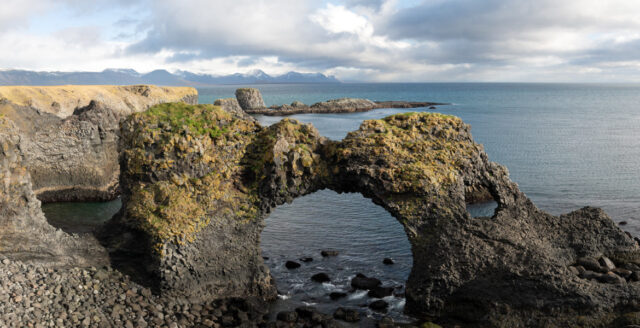
One of the most powerful places
Some believe that the Earth is divided into seven major energy centers, or "chakra points". In New Age circles, Snæfellsjökull is often described as the heart chakra, and for this reason, many spiritual practitioners and others are drawn to the volcano – to gather strength, promote healing, perform ceremonies, or simply meditate.
Stones like Djúpalónsperlur are common all along the coast and are often called "orkusteinar", or power stones, which many people collect and take home with them. Some believe that they are protected and should not be taken from the site. For example, it is said that huldufolk live around Djúpalónssandur, as described above, and that the black stones found around the site should therefore not be taken. Some tell of how they took a stone home and were then struck by misfortune.
It is also common to take your own crystals with you and charge them around the volcano, as the energy is said to be extremely powerful.
Many visitors say they find it difficult to sleep on the peninsula. Some believe this may be due to the magnetic energy emanating from the volcano. The volcano is also said to have a power that makes people want to return there again.
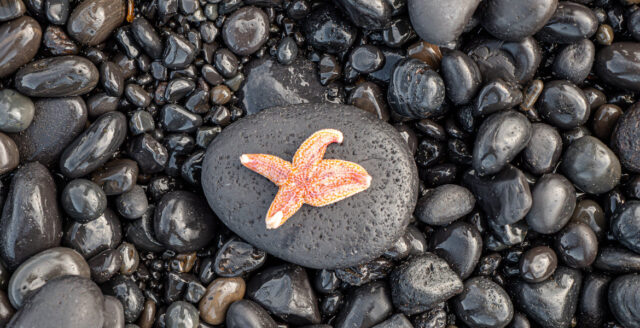
Aliens visiting
Due to the powerful energies of the place, many have speculated that Snæfellsjökull is where aliens would visit if they came to Earth. At least hundreds of people were convinced of this during the winter of November 5, 1993, when people from all over the world traveled to the volcano to witness a visit from aliens, according to Reykjavik Grapevine. According to reports, telepathic individuals had been in contact with other planets and received this specific date and location in their minds. Five hundred people from different parts of the world were so convinced that they made their way there on this cold winter evening, but no aliens came to visit, at least as far as we know. In a spirit of goodwill, fireworks were set off as a symbol of intergalactic friendship. The question is, however, whether the bangs in the air really gave a particularly friendly impression...
Shipwrecks
When visiting the area around Djúpalónssandur, you can also see pieces of iron lying on the beach. These are from the British trawler Epine GY7, which sank on March 13, 1948. On that fateful night, a terrible snowstorm caused the ship to lose control and many fell overboard. Residents from nearby villages managed to pull a rope to the sunken ship and rescued five men. However, 14 of the men on board did not survive, and several of them are still lost at sea.
The remains of the trawler have since remained on the beach as a memorial and are protected, which means that they cannot be moved or touched.
